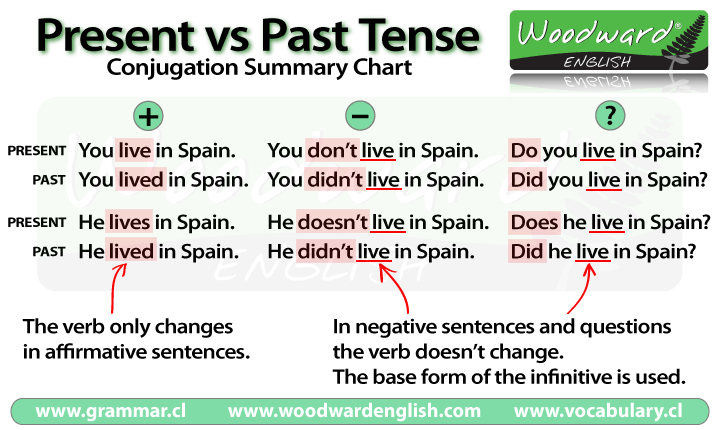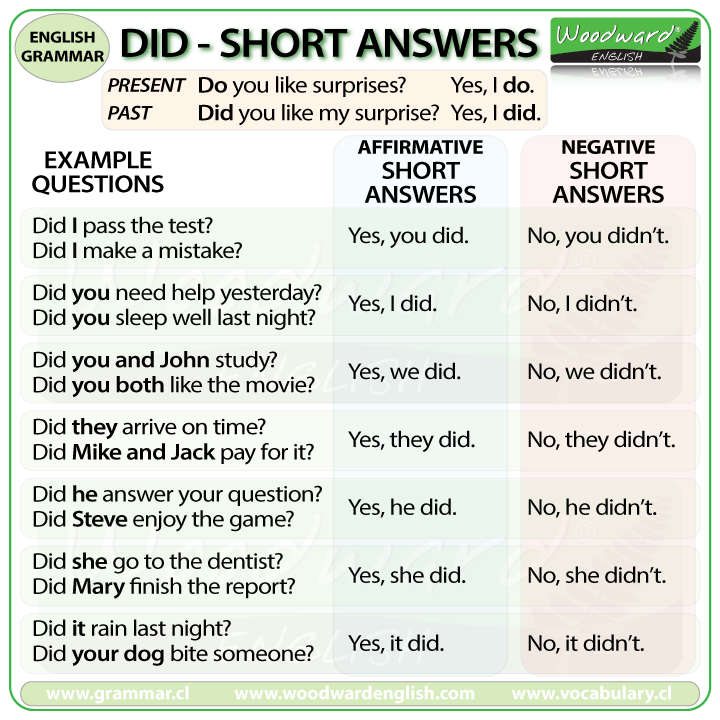History of Democracy
What is a democracy?
A democracy is a government run by the people. Each citizen has a say (or vote) in how the government is run. This is different from a monarchy or dictatorship where one person (the king or dictator) has all the power. Types of Democracy There are two main types of democracies: direct and representative.
Direct - A direct democracy is one in which every citizen votes on all important decisions. One of the first direct democracies was in Athens, Greece. All of the citizens would gather to vote in the main square on major issues. A direct democracy becomes difficult when the population grows. Imagine the 300 million people of the United States trying to get together in one place to decide an issue. It would be impossible.
Representative - The other type of democracy is a representative democracy. This is where the people elect representatives to run the government. The citizens elect representatives such as the president, members of congress, and senators to run the government.
Democracies in Reality
While democracy may sound like the perfect form of government, like all governments, it has its issues in reality. Some criticisms of democracies include:
- Only the very wealthy can afford to run for office, leaving the real power in the hands of the rich.
- Voters are often uninformed and don't understand what they are voting for.
- Two party systems (like in the United States) give voters few choices on issues.
- The large bureaucracy of democracies can be inefficient and decisions can take a long time.
- Internal corruption can limit the fairness of elections and the power of the people.
Read more at: https://www.ducksters.com/history/us_government/democracy.php
Four key elements:
(a) Choosing and replacing the government through free and fair elections.
(b) The active participation of the people in politics and civic life.
(c) Protection of the human rights of all citizens
(d) the laws and procedures apply equally to all citizens.
Characteristics of a dictatorship?
- One leader (dictator) holds all the power.
- Strict control of the law.
- Government establishes complete control of all aspects of people's lives (political, military, economy, social, cultural).
- Use of propaganda (media, newspapers, etc.) and censorship (literature, cinema, radio, etc.)
- Military state.
- Use of terror and fear.























